Who Eats the Most on the Planet? How Much Do They Devour?
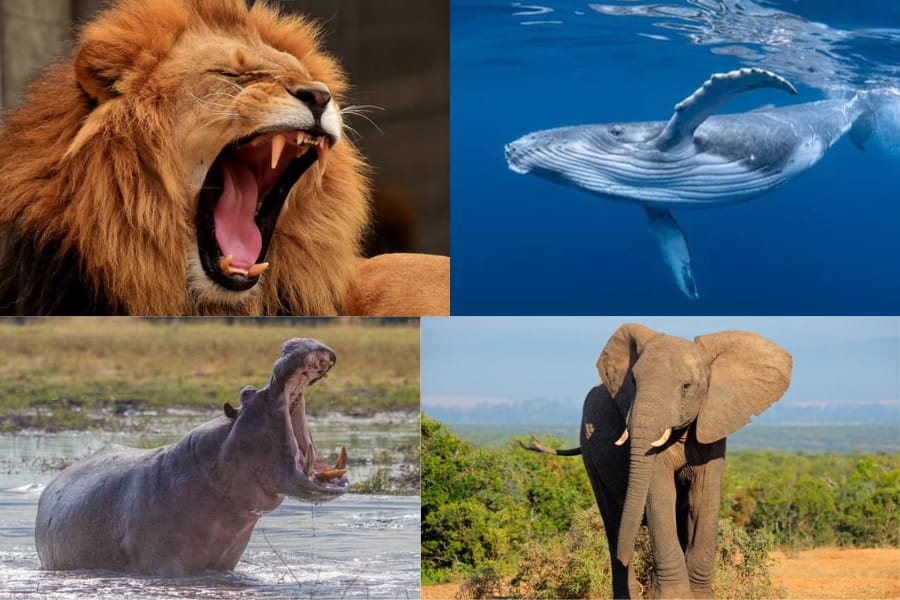
Let’s dive into the fascinating world of animal appetites. From the vast oceans to the sprawling savannas, creatures big and small are constantly on the hunt for their next meal. Here’s a look at the top 15 land and sea animals ranked by how much they devour, along with some interesting facts about their eating habits.
1. Blue Whale: The First Ocean’s Biggest Appetite
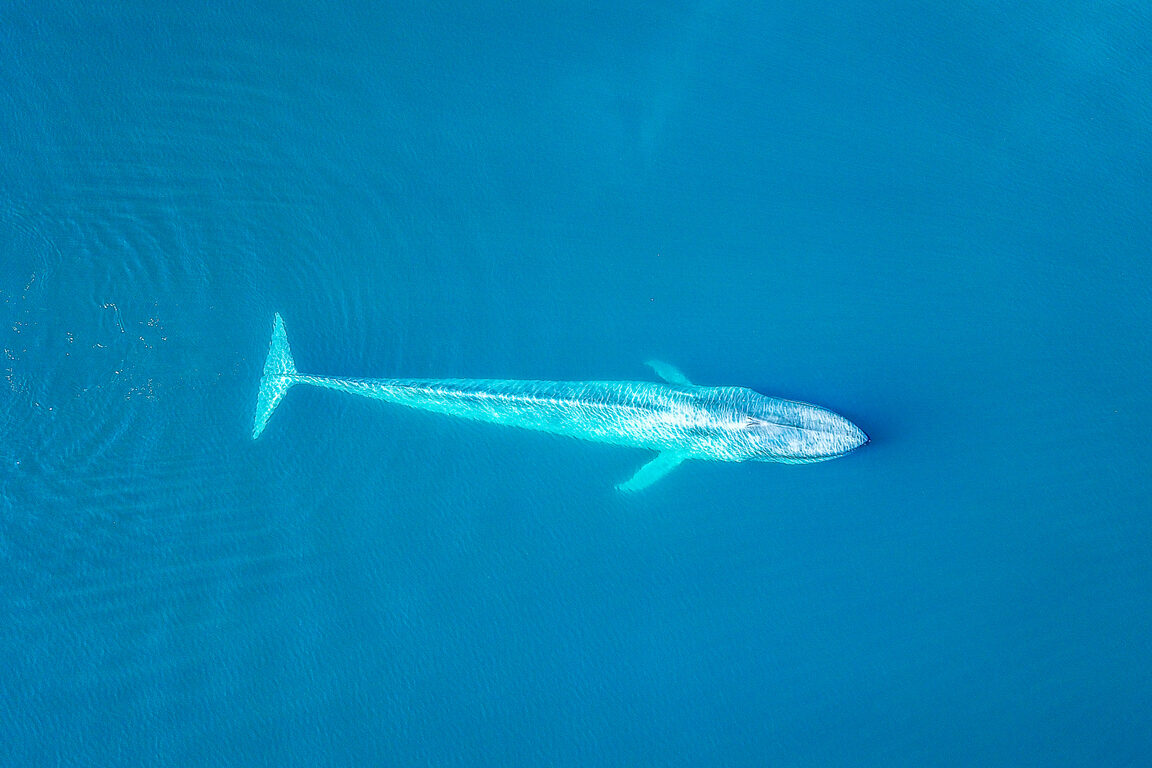
The blue whale is not only the largest animal on Earth, but it’s also one of the hungriest. These massive creatures can consume up to 40 million krill in a single day, with an estimated daily intake of 1.5-2 tons of food but some reports suggest even higher quantities like 6 tons a day, according to NOAA Fisheries , Blue whales are filter feeders who engulf large volumes of water and then force it out through the baleen plates, trapping the krill and other prey.
Their huge appetite is necessary to sustain their massive size, with adult blue whales reaching lengths of up to 100 feet and weighing over 200 tons. In comparison to other whales, blue whales have a relatively slow metabolism, which means they don’t need to eat constantly. However, when they do eat, they make up for it by consuming enormous amounts of food.
2. Fin Whale: The Second-Largest Appetite
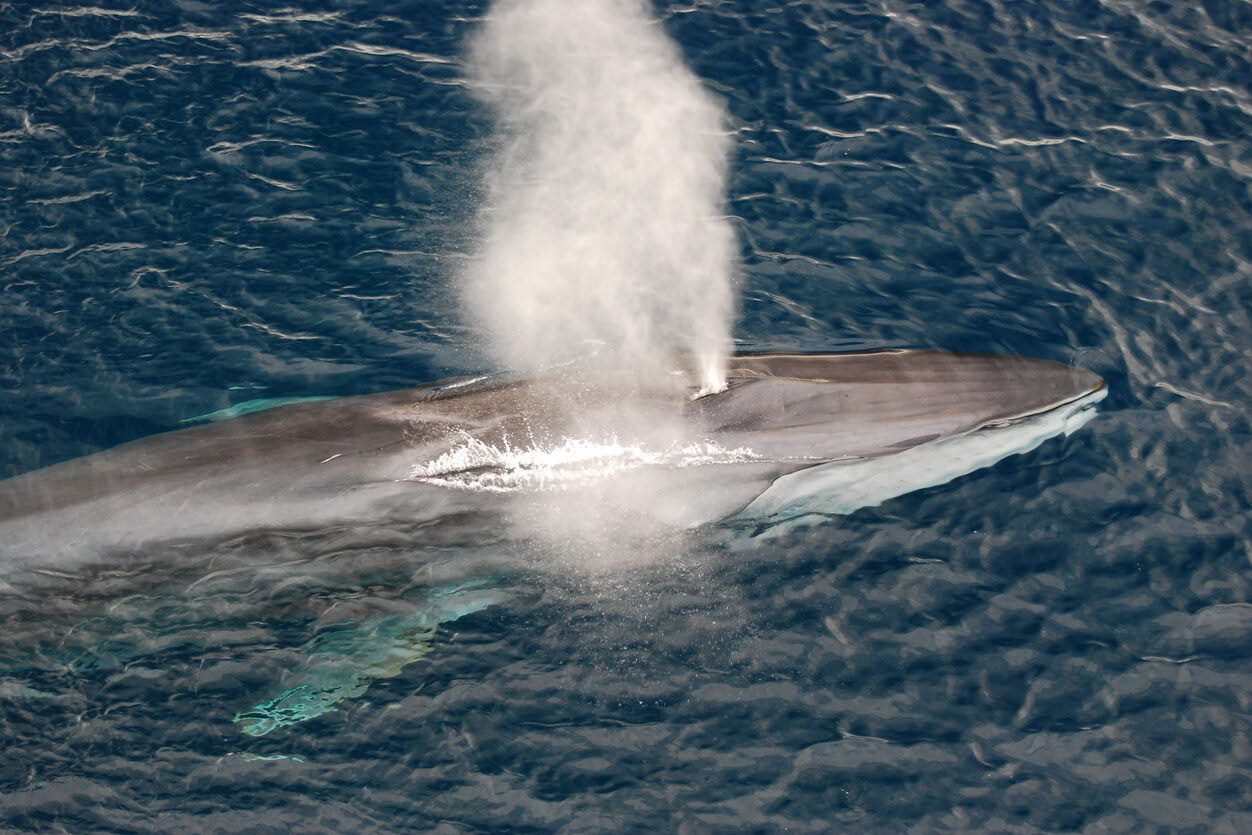
Feeding in large groups, Fin whales are the second-largest animal on Earth, and their appetite is almost as impressive as the blue whale’s. They can consume up to 2 tons of food per day, with a diet consisting mainly of small fish, krill, and plankton, through a lunge-feeding technique. Fin whales are known for their speed, reaching up to 23-29 miles per hour, which allows them to catch prey quickly and efficiently.
According to NOAA, “Fin whales are found in all the world’s oceans, from the Arctic to the Antarctic,” which means they have a diverse range of feeding grounds. Their feeding habits are adapted to their environment, with fin whales using a variety of techniques to catch their prey. They are capable of diving to great depths in search of food, and their powerful tails allow them to maneuver through the water with ease.
3. Humpback Whale: The Third Largest Appetite
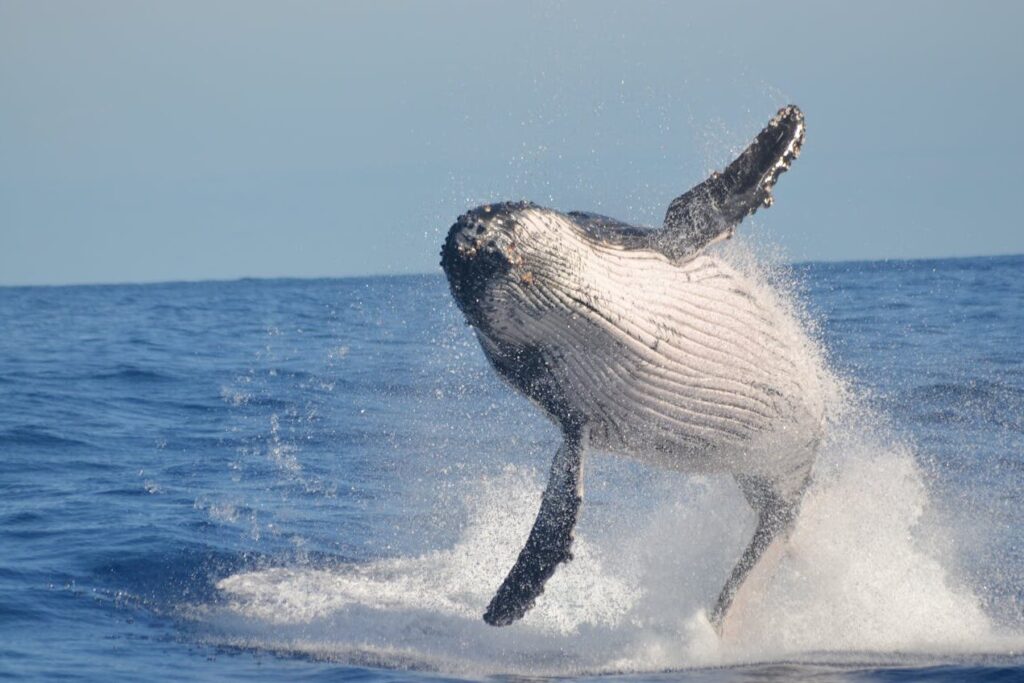
Humpback whales are known for their voracious appetite. They can consume up to 1.5 tons of food per day, with a diet consisting mainly of krill and small fish, according to the Alaska Department of Fish and Game. Humpback whales use a variety of techniques to catch their prey, including bubble nets and cornering. Their feeding habits are closely tied to their migration patterns, with humpback whales traveling long distances to reach their feeding grounds.
They are capable of diving to great depths in search of food, and their powerful tails allow them to maneuver through the water with ease. Humpback whales are also known for their complex social structures, often feeding in large groups, which is crucial for their survival, as it allows them to communicate and coordinate their feeding efforts.
4. Elephant: The Fifth Largest Appetite
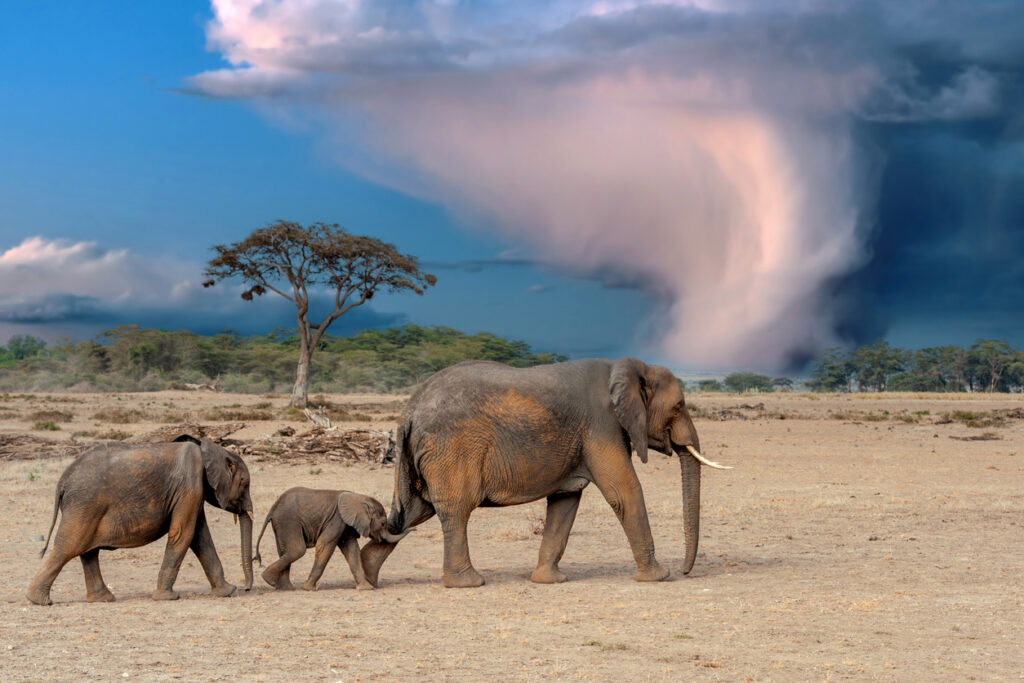
Elephants are one of the largest land animals on Earth, and their appetite is just as impressive. They can consume food, ranging from 100 kg (220 pounds) to over 300 kg (660 pounds) of vegetation daily, according to the Africa-Safaris, Elephants are herbivores and play a crucial role in maintaining the ecosystem in their habitats. Their feeding habits have a significant impact on their environment, shaping the landscape and creating pathways for other animals.
Their massive size requires a lot of energy, and elephants spend most of their day eating and drinking to sustain themselves. Elephants are also known for their complex social structures, often living in large matriarchal herds. This social behavior is crucial for their survival, as it allows them to communicate and coordinate their feeding efforts.
5. Hippopotamus: The Fifth Largest Appetite
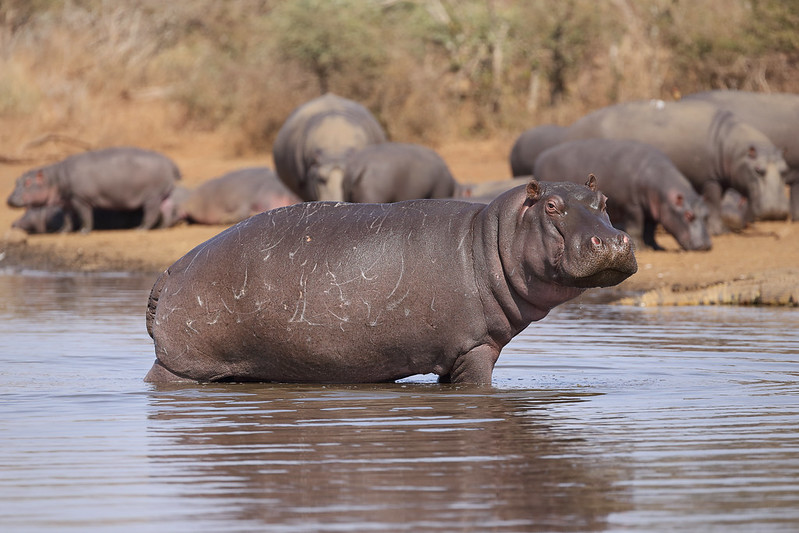
Hippos are also one of the largest aquatic mammals on Earth, and their appetite is just as stunning. They can consume up to 150 pounds of food per day, with a diet consisting mainly of grasses and aquatic plants. Hippos are herbivores and play a crucial role in maintaining the ecosystem in their habitats. Their feeding habits have a significant impact on their environment, shaping the landscape and creating pathways for other animals.
Hippos spend most of their day in the water, but they emerge at night to graze on grasses and other vegetation. Their feeding habits are adapted to their aquatic environment, with hippos using their powerful jaws and sharp teeth to eat aquatic plants. Hippos are also known for their complex social structures, often living in large groups.
6. Giraffe: The Sixth Largest Appetite
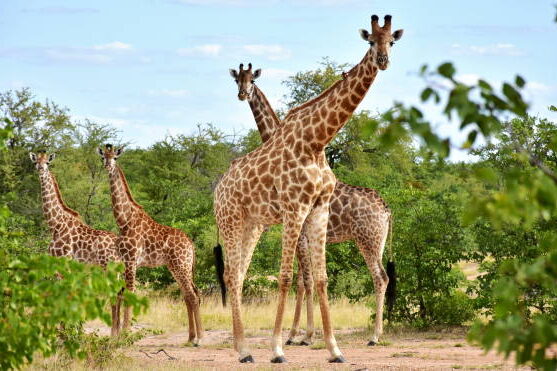
Giraffes are the tallest mammals on Earth, which means they can consume up to 75 pounds of food per day, with a diet consisting mainly of leaves, fruits, and flowers. Giraffes use their long necks to reach leaves and fruits on tall trees, giving them access to food that other animals can’t reach. Their feeding habits are adapted to their environment, with giraffes using their long tongues to pluck leaves and fruits from thorny trees.
Giraffes are also known for their complex social structures, often living in large groups, crucial for their survival, as it allows them to communicate and coordinate their feeding efforts. Fun fact: Giraffes are capable of going without water for long periods of time, getting moisture from the leaves they eat. Their unique feeding habits make them a fascinating creature to study.
7. Walrus: The Seventh Largest Appetite
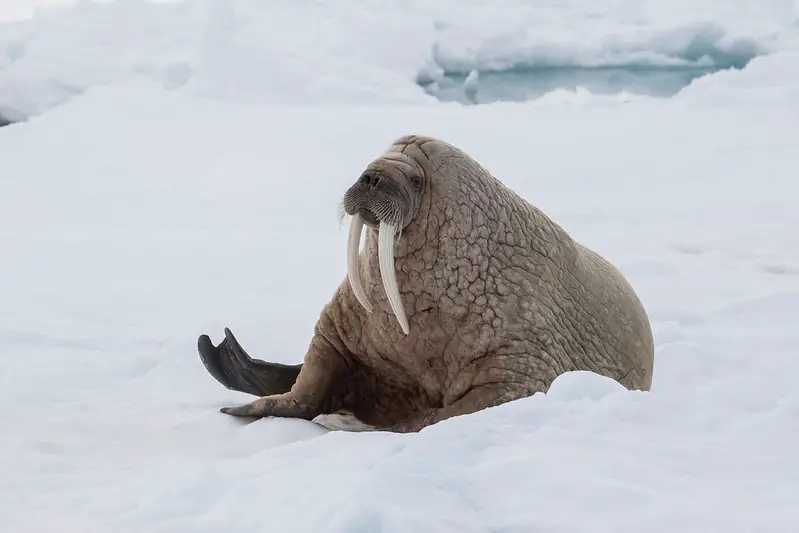
Walruses are one of the largest pinnipeds on Earth, and can consume up to 3-4% of their body weight in food per day, with a diet consisting mainly of clams, mussels, and other marine animals. Walruses use their sensitive whiskers and snouts to search for prey in the sediment. Their feeding habits are adapted to their aquatic environment, with walruses using their powerful tusks to dig for clams and other prey. Walruses often live in large herds to communicate and coordinate their feeding efforts. Walruses also play a vital role in maintaining the ecosystem in their habitats.
8. Lion: The Eight Largest Appetite
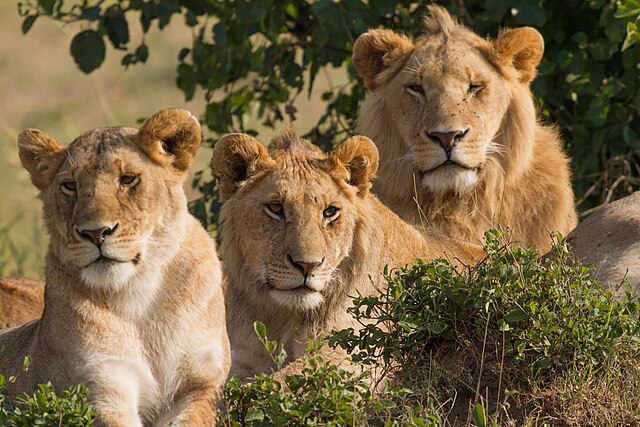
Lions can consume up to 20-30 pounds of food per day, with a diet consisting mainly of large ungulates like zebras, wildebeests, and buffaloes. These skilled hunters use coordinated attacks to bring down their prey. Their feeding habits are adapted to their social structure, with lionesses often doing most of the hunting and males joining in for the kill. Living in large prides, this social behavior allows them to communicate and coordinate their feeding. Lions play a vital role in maintaining the ecosystem in their habitats, and their feeding habits have a significant impact on the savannah food chain. Also, Lions are capable of eating up to 1/4 of their body weight in one meal, making them efficient feeders.
9. Tiger: The Ninth Largest Appetite
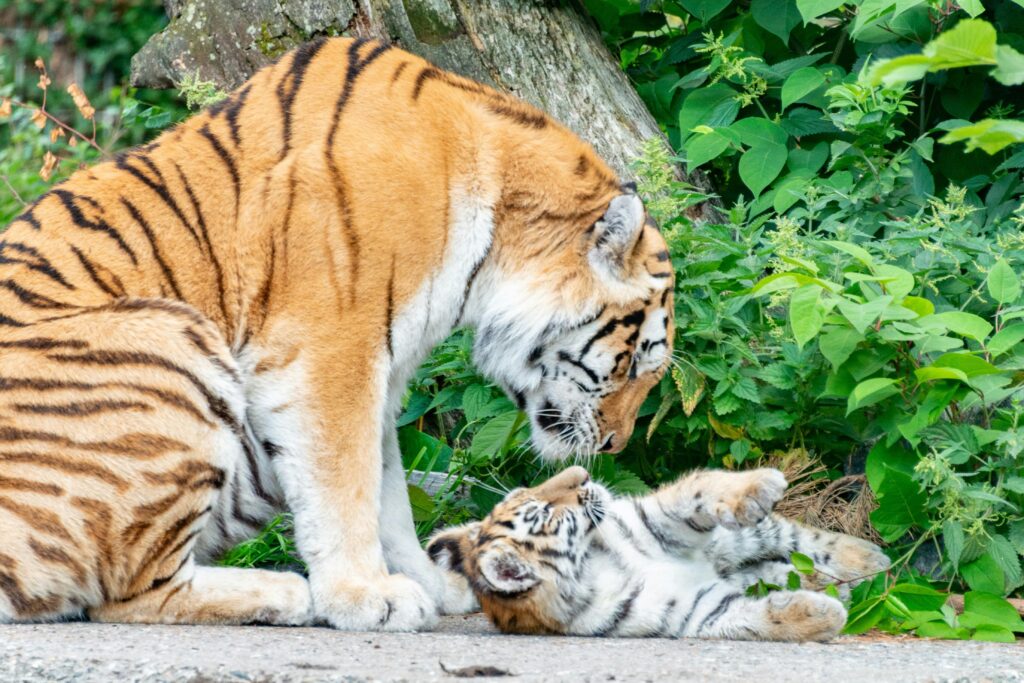
Tigers are known to consume large amounts of meat when they have a successful hunt, sometimes up to 40-80 pounds. They use their camouflage and strength to ambush their prey, and their feeding habits are adapted to their environment, with tigers using their powerful legs and sharp claws to catch their prey. Tigers are also known for their territorial behavior, often marking their territories with scent and scratch marks. This territorial behavior is crucial for their survival, as it allows them to defend their feeding grounds from other tigers. By studying tigers, scientists can gain valuable insights into ecosystem management and conservation.
10. Shark: The Tenth Largest Appetite
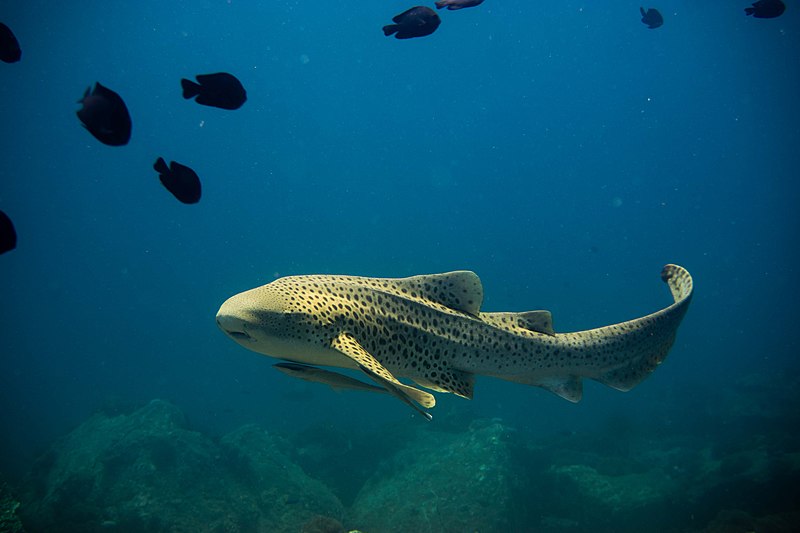
Sharks are one of the oldest predators on Earth, and their appetite is just as impressive. They can consume up to 2-3% of their body weight in food per day, while other research indicates they consume closer to 0.5-1%, with a diet consisting mainly of fish, squid, and other marine animals. Their feeding habits are adapted to their environment, with sharks using their powerful jaws and sharp teeth to catch their prey. Sharks are also known for their migratory behavior, often traveling long distances to reach their feeding grounds. This migratory behavior is crucial for their survival, as it allows them to find food and mate. These marine mammals are an important part of their ecosystems, and their feeding habits are closely tied to their migration patterns.
11. Octopus: The Eleventh Largest Appetite
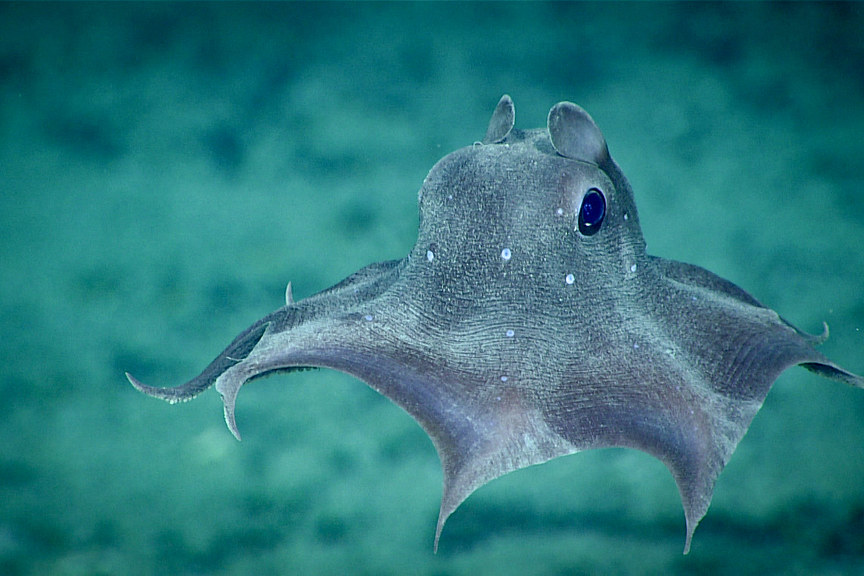
Octopuses are one of the most intelligent invertebrates on Earth. They can consume up to 2-3 times their body weight in food per week, with a diet consisting mainly of crustaceans, mollusks, and other marine animals. Octopuses are skilled hunters and use their camouflage, intelligence, and powerful arms to catch their prey. Their feeding habits are adapted to their environment, with octopuses using their powerful arms and suckers to catch and manipulate their prey.
Octopuses are also known for their complex behavior, often solving complex problems and communicating with other octopuses. This complex behavior is crucial for their survival, as it allows them to adapt to changing environments and find food. Octopuses play a vital role in maintaining the ecosystem in their habitats, and their feeding habits have a significant impact on the ocean food chain.
12. Crocodile: The Twelfth Largest Appetite
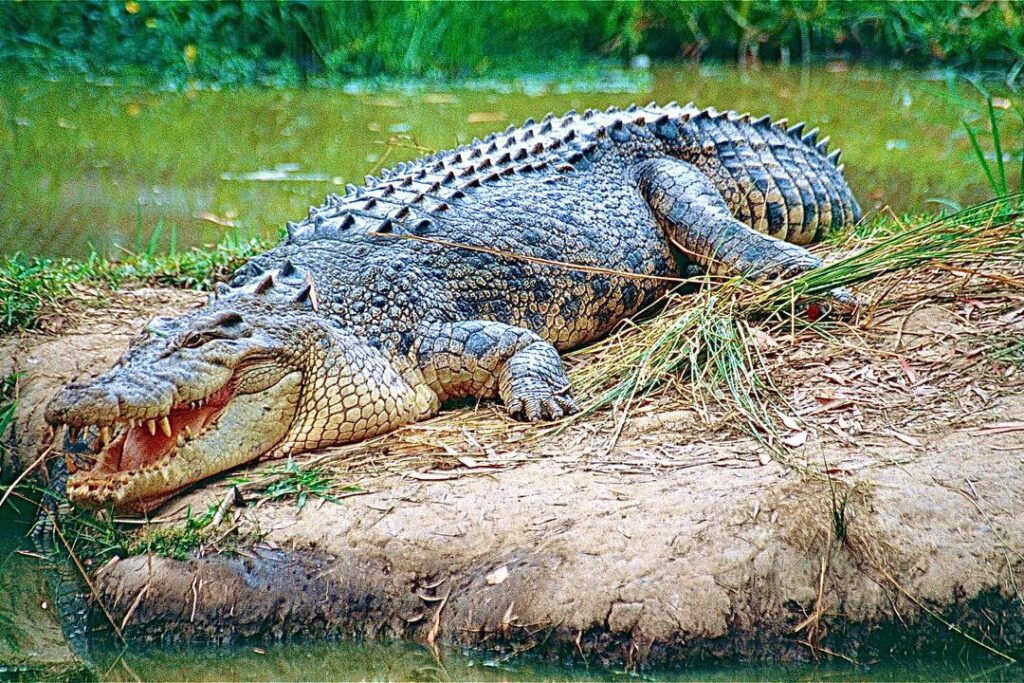
Crocodiles are one of the oldest predators on Earth, that can consume up to 2-3% of their body weight in food per day, with a diet consisting mainly of fish, crustaceans, and other aquatic animals. These ambush predators use their powerful jaws and stealth to catch their prey. Their feeding habits are adapted to their environment, with crocodiles lying in wait for unsuspecting prey to come close. Crocodiles are also known for their important role in maintaining the ecosystem in their habitats. They play a vital part in controlling the population of other aquatic animals, which helps to maintain the balance of the ecosystem. Crocodiles have been on Earth for over 200 million years, and their feeding habits have remained largely unchanged. This adaptability is a remarkable survival skill.
13. Squid: The Thirteenth Largest Appetite
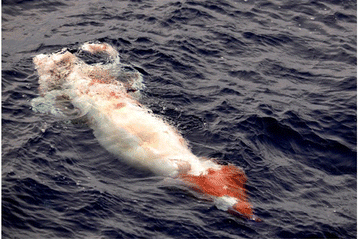
Squid are one of the most fascinating creatures in the ocean, and can consume up to 30% of their body weight in food per day, with a diet consisting mainly of fish, crustaceans, and other marine animals. Squid are skilled predators and use their powerful beaks and tentacles to catch their prey. Their feeding habits are adapted to their environment, with some squid using their bioluminescence to lure in prey in the deep sea. Squid are also known for their complex behavior, often communicating with other squid using complex signals. This complex behavior is crucial for their survival, as it allows them to coordinate their feeding efforts and avoid predators.
14. Kangaroo: The Fourteenth Largest Appetite
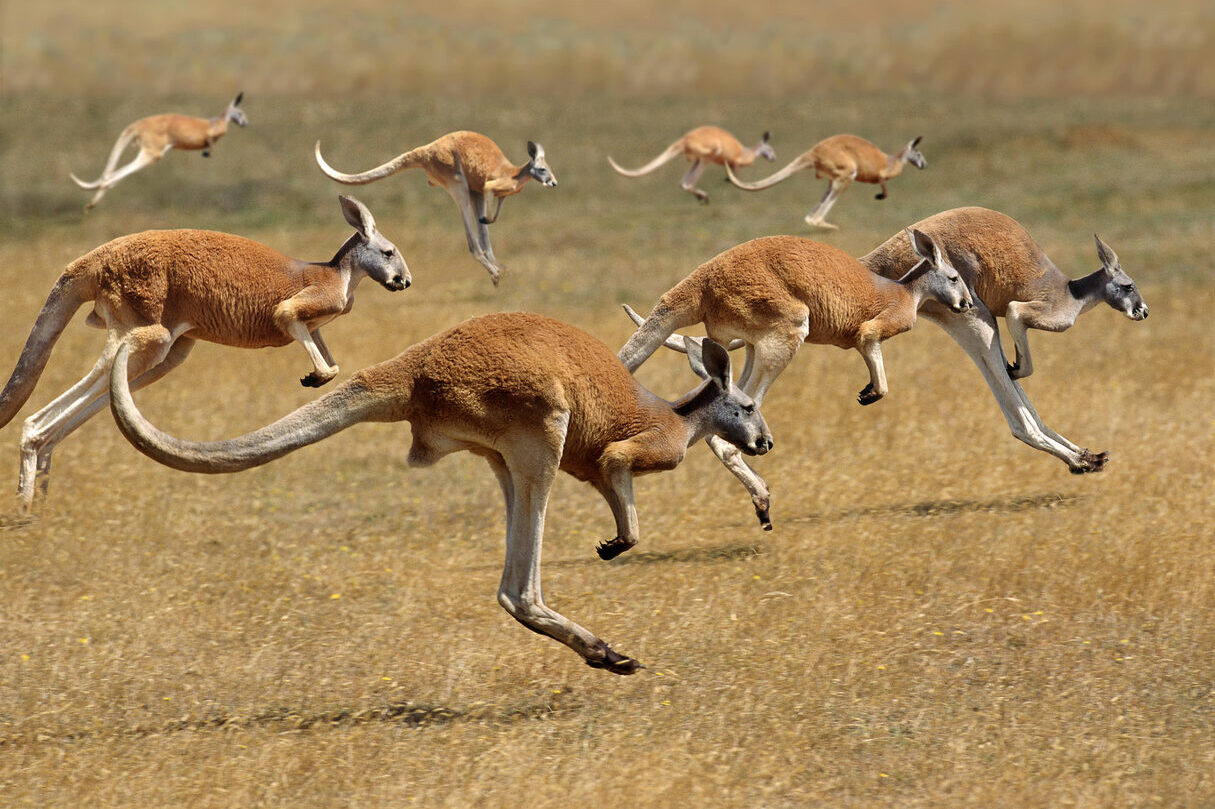
Kangaroos are one of the most iconic creatures in Australia. They can consume up to 3-4% of their body weight in food per day, with a diet consisting mainly of grasses and other vegetation. Kangaroos are herbivores and play a crucial role in maintaining the ecosystem in their habitats. Their feeding habits are adapted to their environment, with kangaroos using their powerful legs to travel long distances to find food and water. Kangaroos are also known for their complex social structures, often living in large groups, crucial for their survival, and to communicate and coordinate their feeding efforts.
15. Koala: The Fifteenth Largest Appetite
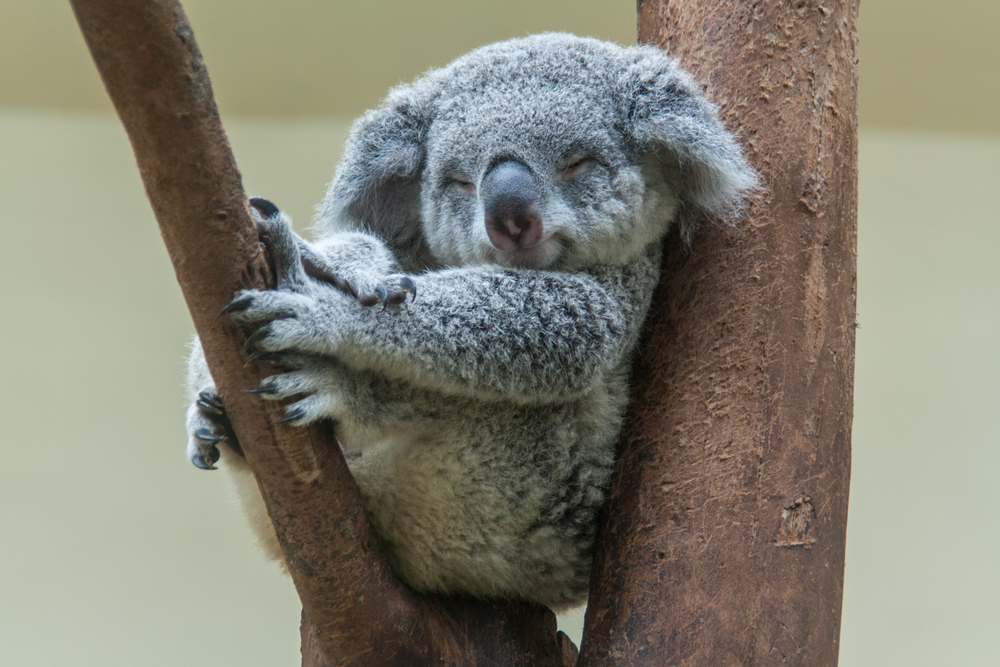
Koalas are one of the largest arboreal marsupials in Australia, and their appetite is just as unique. They can consume up to 2-3 pounds of eucalyptus leaves per day, with a diet consisting almost exclusively of these leaves. Koalas are herbivores and play a crucial role in maintaining the ecosystem in their habitats. Koalas possess specialized features in their mouths and digestive systems to effectively eat and digest eucalyptus leaves. They have sharp teeth and powerful jaws to grind the leaves, and a long caecum filled with bacteria to aid in digestion. This allows them to break down the tough, fibrous leaves and extract nutrients while also detoxifying toxic compounds.
As we conclude this list of the top 15 land and sea animals ranked by how much they devour, it’s clear that each species plays a vital role in maintaining the balance of their ecosystems.
Ready to learn more about the fascinating world of animal appetites? Check out our other articles on wildlife conservation and ecosystem management. Share your thoughts on this listicle in the comments below! What other animals would you like to know about?


